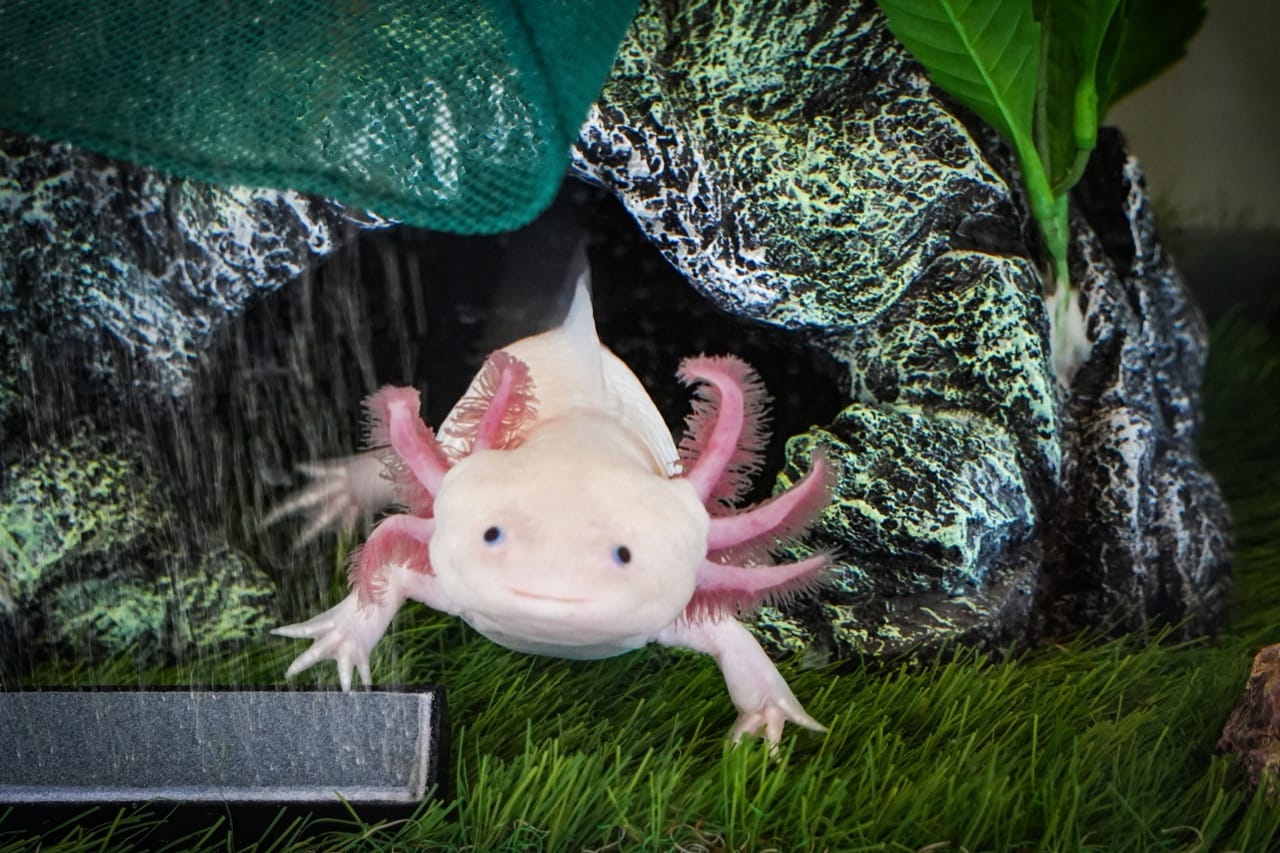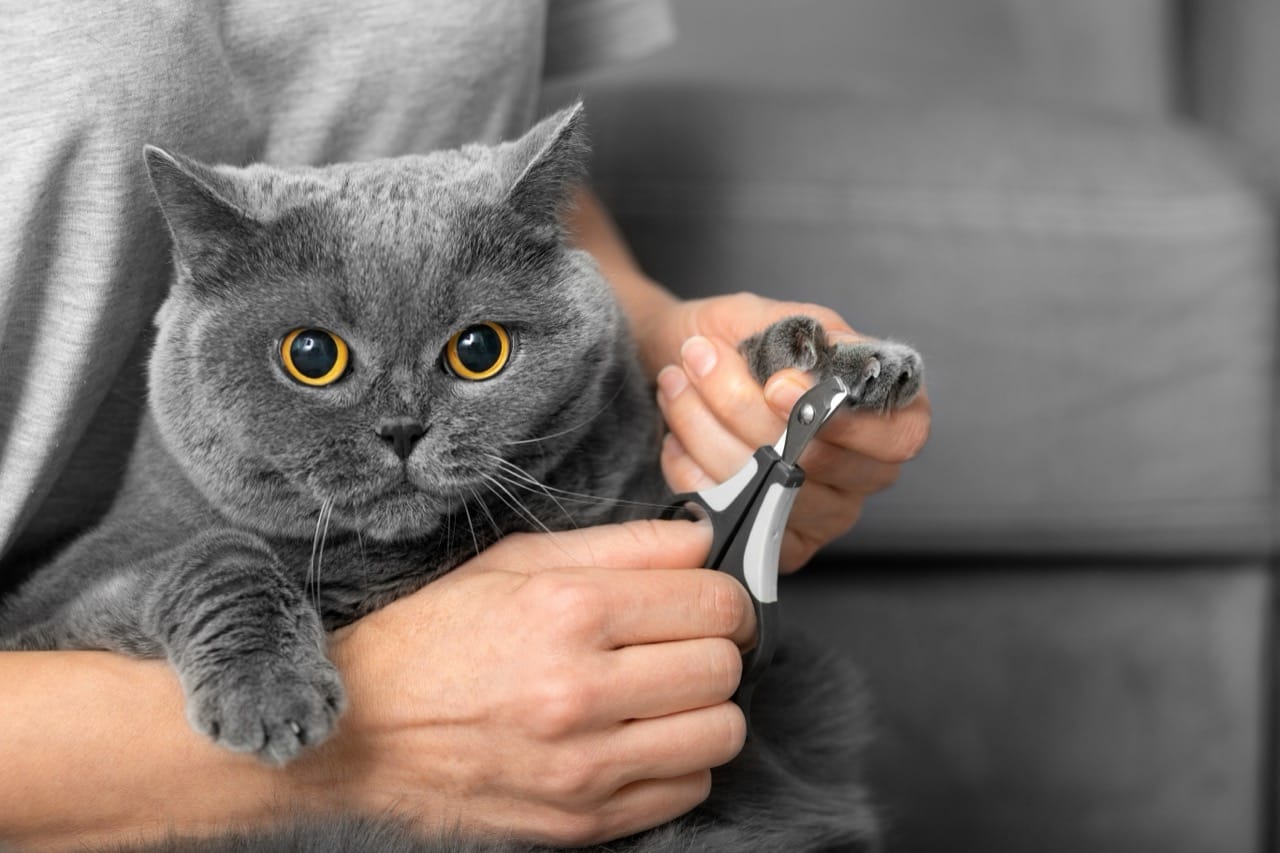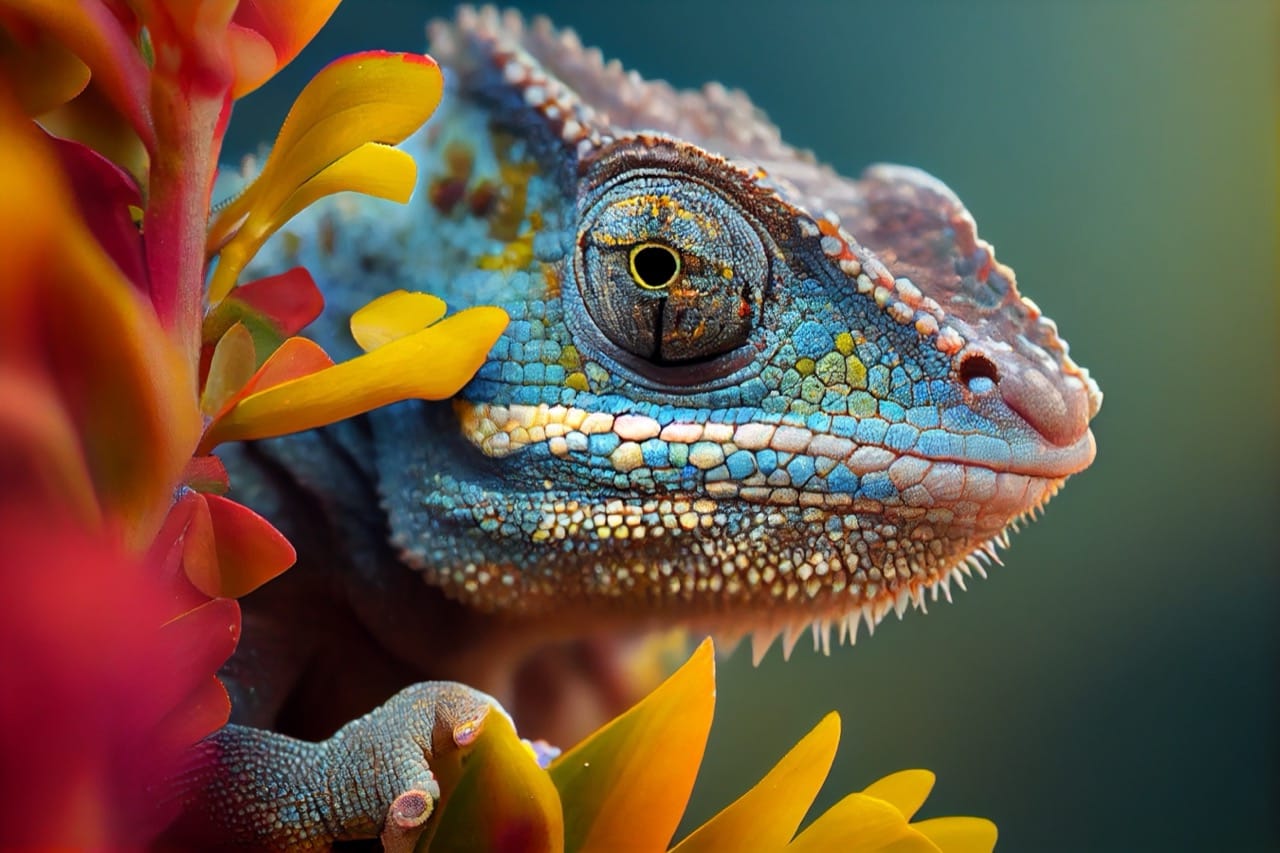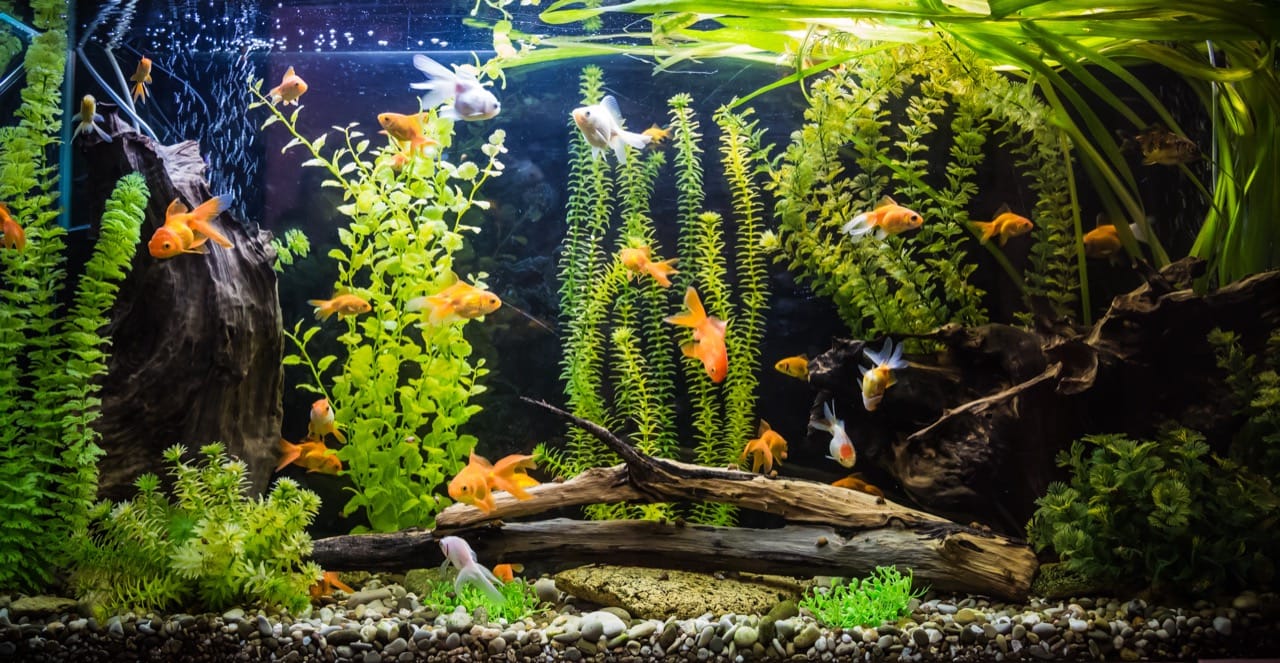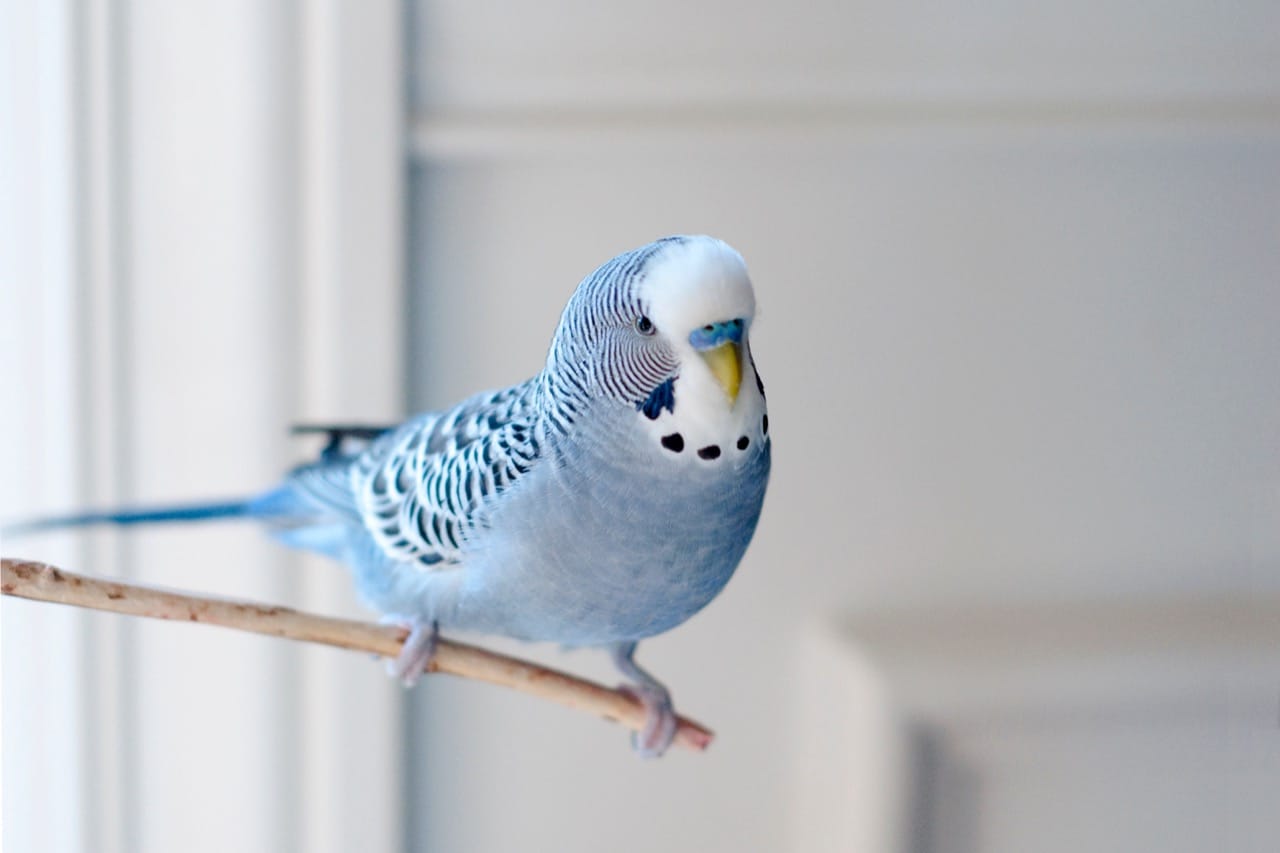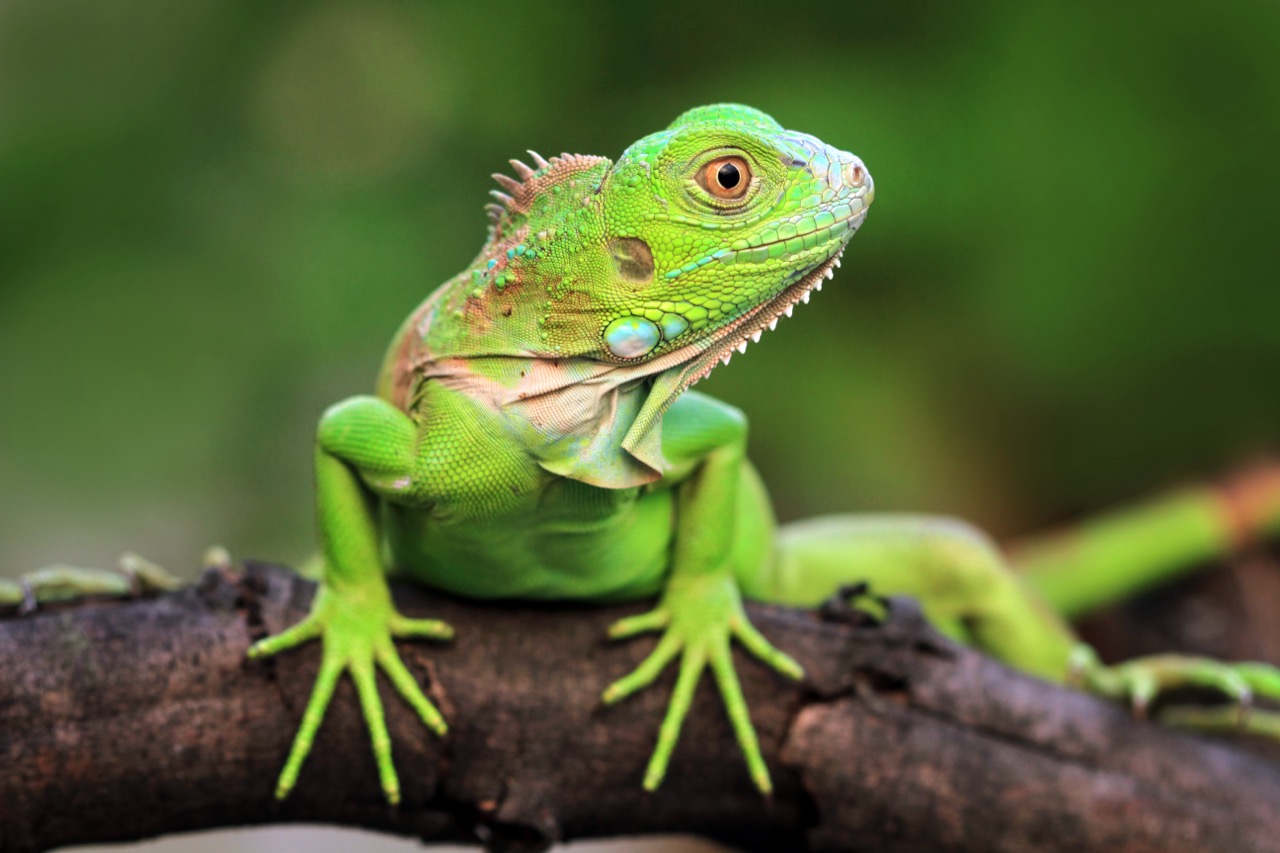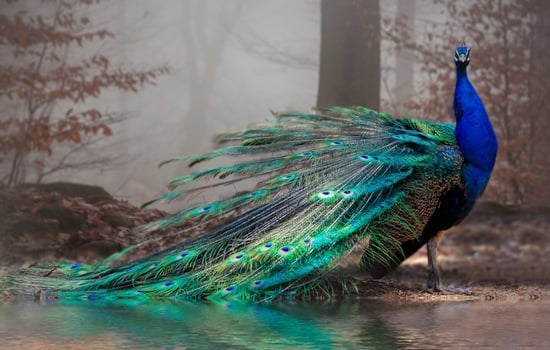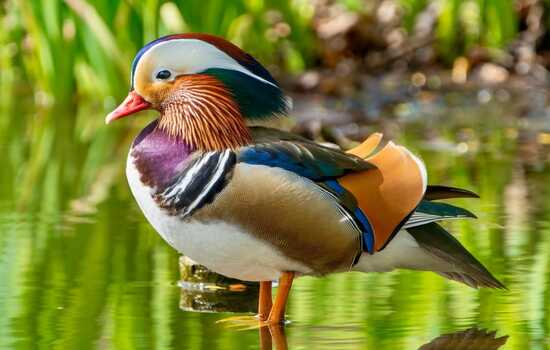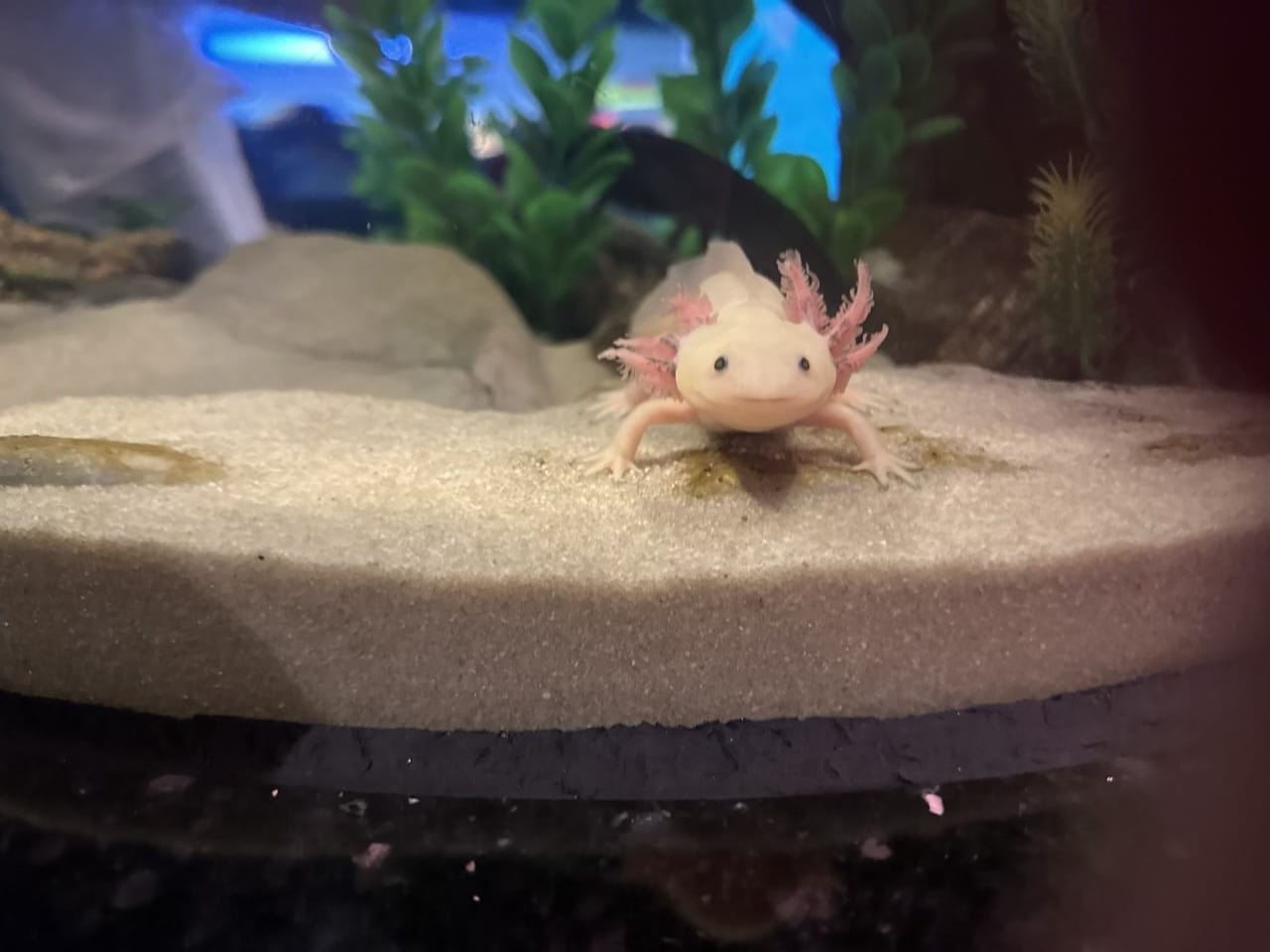
Ultimate Care Guide for Axolotls: Your Underwater Companion
Explore the enchanting world of the Axolotl, an extraordinary creature that resides in the serene depths of freshwater habitats. Known for their whimsical appearance and the remarkable ability to regenerate lost body parts, axolotls are not your ordinary pet. They're a living link to the mythical and the magical, capable of captivating hearts with their perpetual 'smile.' Before we dive deeper, here's an interesting piece of trivia: Axolotls are neotenic, meaning they retain their larval features throughout their adult life, including their dorsal fin and gills, allowing them to live permanently underwater.
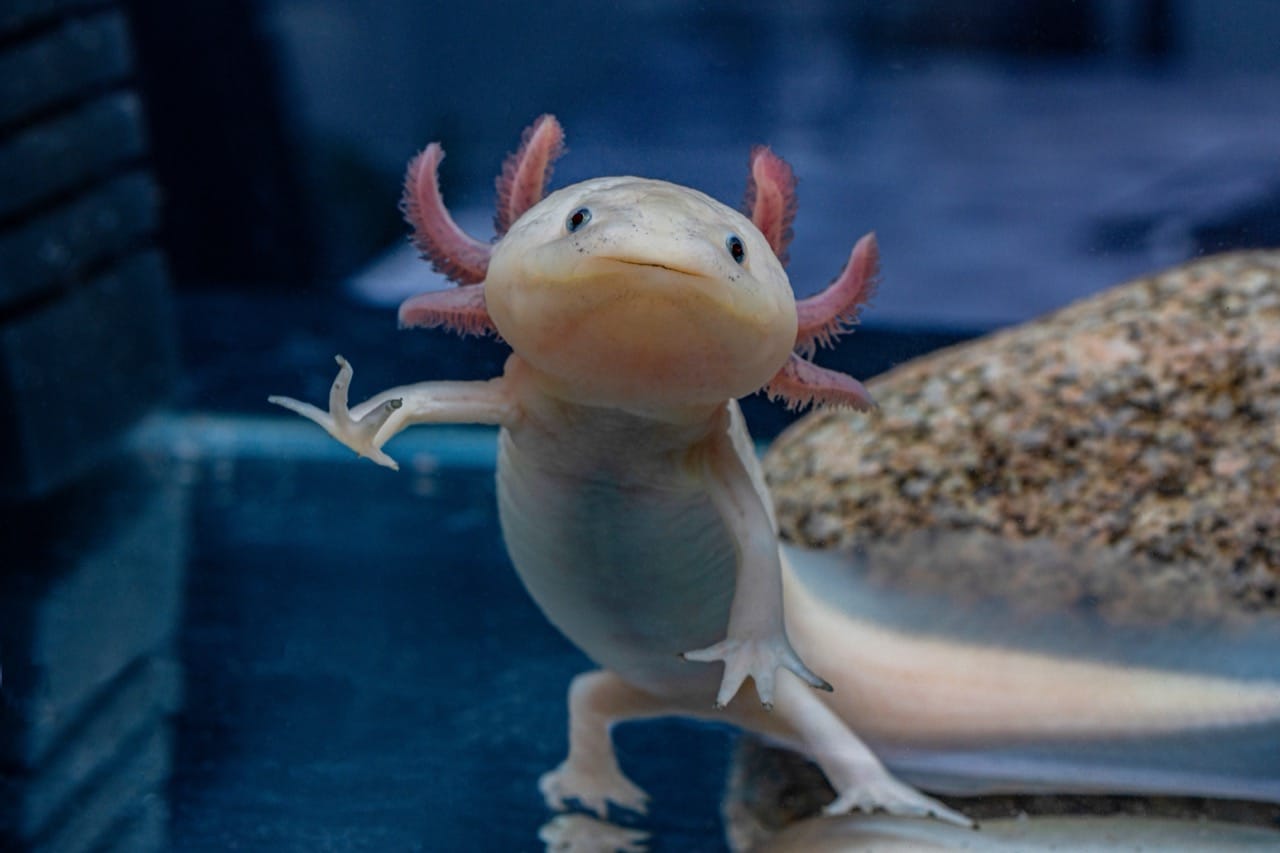
Creating a Comfortable Habitat
Axolotls require a specific type of home to thrive. A standard aquarium suits them well, but with a few crucial specifications. For one axolotl, a 20-gallon tank is the minimum size recommended, with an additional 10 gallons for each new axolotl to prevent overcrowding. The tank should be equipped with a secure lid as axolotls can sometimes attempt to explore beyond their watery confines.
The substrate, or bottom layer of the aquarium, is of paramount importance. Fine sand is preferred because coarse substrates like gravel can be ingested during feeding, leading to health issues. Some owners opt for bare-bottom tanks for easy cleaning. The tank should also include hiding spots like caves or aquatic plants, which help the axolotl feel secure and reduce stress. Keep the tank out of direct sunlight to maintain a cooler temperature and slow the growth of algae.
The Cool Waters: Temperature and Filtration
Maintaining the right water conditions is vital for keeping your axolotl healthy. The ideal water temperature for axolotls is between 60-64°F (16-18°C). Temperatures above 74°F (23°C) can stress them or lead to health issues. If room temperature exceeds this range, you may need an aquarium chiller.
Filtration is necessary to keep the water clean but should be low-flow to avoid stressing the axolotl, as they prefer still or gently moving water. A sponge filter or a hang-on-back filter with a flow adjuster works well. Regular water changes—about 20% per week—are crucial to remove toxins like ammonia and maintain water quality. Always dechlorinate tap water since chlorine and chloramines are harmful to axolotls.
Feeding Your Axolotl
Axolotls are carnivores with a diet that can be both fun and varied. They primarily eat small fish, worms, and crustaceans in the wild. In captivity, their diet can include earthworms, bloodworms, brine shrimp, and specialized pellets. Juveniles require daily feeding, while adults can be fed two to three times per week.
When feeding, use tweezers to offer the food directly to avoid overfeeding and uneaten food decomposing in the tank. Observe your axolotl’s girth; a healthy axolotl should have a body that is not pinched or overly plump, but rather nicely rounded. Overfeeding can lead to obesity and health issues, so it's important to find the right balance.
Interaction and Mental Stimulation
While axolotls are not as interactive as dogs or cats, they can recognize their owners and may come to the front of the glass when you approach. They do not require toys, but they do interact with their environment. Therefore, a tank with places to explore and hide is more stimulating. Changing the layout of the tank occasionally can help keep your axolotl's environment enriching.
It's critical to handle axolotls minimally as their skin is very delicate and susceptible to damage. If you must handle them, do so with wet hands and only when absolutely necessary, such as during tank cleanings or health checks.
Safety and Health: Ensuring a Long, Happy Life
Axolotls can live for up to 15 years with proper care, so it’s important to commit to their long-term health. Regularly check for signs of stress or illness, such as a lack of appetite, listlessness, or lesions on the skin. Axolotls can be prone to fungal infections if the water quality declines, so maintaining a clean tank is essential for preventing disease.
Safety measures include ensuring all electrical equipment is properly installed and out of water's reach. Also, be mindful of the other materials placed in the tank. All decorations should be axolotl-safe, meaning nothing sharp or small enough to be swallowed.
Maintaining the Magic
Owning an axolotl is a significant responsibility but also a fascinating journey into aquatic pet care. These creatures demand attention to detail in their environment and diet but reward owners with their unique presence and fascinating behaviors. Providing a safe, clean, and enriching environment is key to ensuring your axolotl not only survives but thrives under your care.
In embarking on the journey of axolotl ownership, you become a custodian of a creature that blurs the line between the ordinary and the mythical, adding a touch of the extraordinary to everyday life. Through mindful care and a commitment to understanding their unique needs, you can enjoy the remarkable experience of sharing your home with one of nature's most intriguing animals.
